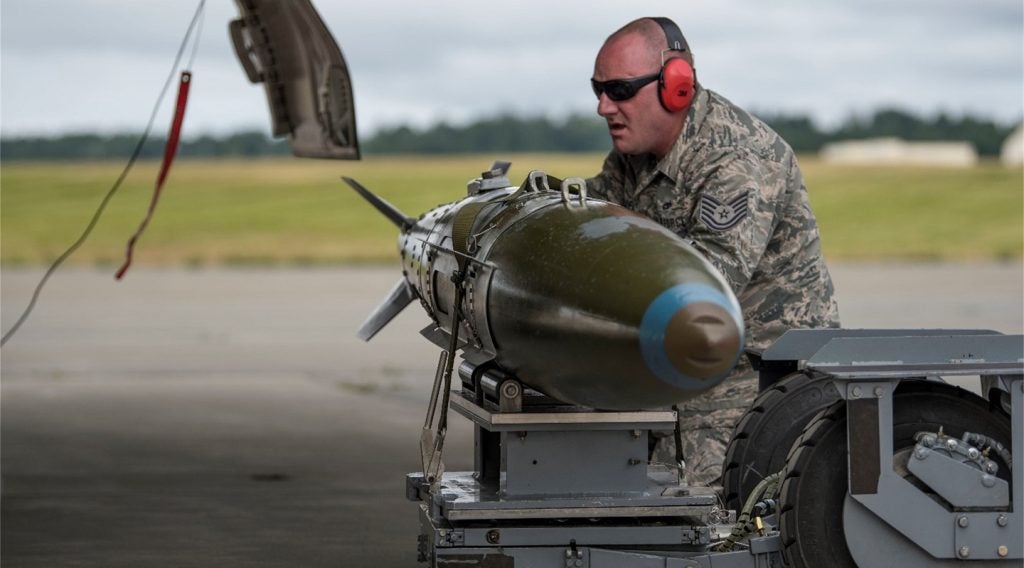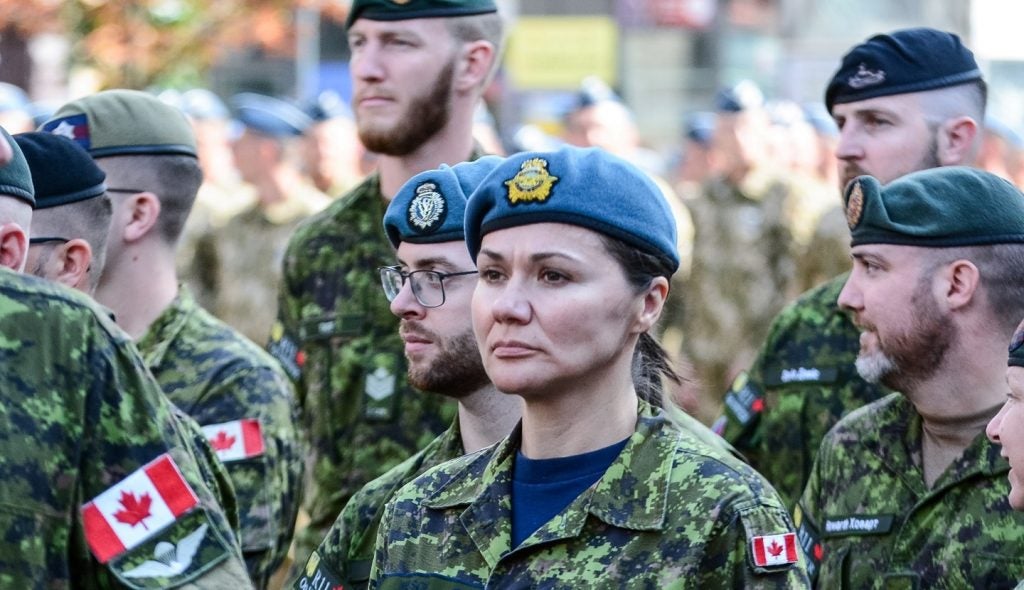The US Air Force (USAF) has awarded a contract to Bodkin Design & Engineering (BD&E) for the development of a high spatial resolution long-wave infrared (LWIR) hyperspectral sensor system.
Funded as part of the federal government’s small business innovation research (SBIR) programme vehicle, the undisclosed contract covers production of a compact hyperspectral sensor prototype during the next nine months.
The prototype will then undergo a demonstration programme as part of the Air Force Research Laboratory’s (AFRL) initiatives to enhance the service’s target acquisition and threat assessment capabilities, to safeguard both military and civilian assets.
Hyperspectral imaging is attracting interest from the USAF due to its ability to enable more precise detection of materials and objects compared to the traditional imaging techniques.
The imaging spectroscopy, like any other spectral imaging technique, combines a patial image with spectral analysis to develop a three-dimensional data-cube, of which two are spatial and the third dimension represents wavelength.
Currently, approaches used to acquire hyperspectral images are limited in their ability to address the air force’s speed, accuracy and data rate requirements.
How well do you really know your competitors?
Access the most comprehensive Company Profiles on the market, powered by GlobalData. Save hours of research. Gain competitive edge.

Thank you!
Your download email will arrive shortly
Not ready to buy yet? Download a free sample
We are confident about the unique quality of our Company Profiles. However, we want you to make the most beneficial decision for your business, so we offer a free sample that you can download by submitting the below form
By GlobalDataThe LWIR hyperspectral sensor, to be developed as part of the contract, is expected to capture spectral and spatial information with remarkable data-cube size and speed, enabling improvements in standoff target detection, materials identification and quantification of the atmospheric constituents and effluents.
The system will also be capable of providing instrumentation for a wide range of surveillance applications in a simple, cost-efficient and robust package.
Hyperspectral imaging is widely used for missile defence, discrimination between targets and decoys, detection of landmines and weapons of mass destruction and to provide early warnings for long-range missiles.
Other applications include chemical defence, autonomous material identification, homeland security missions, geologic mapping, biological research and medical imaging missions.







